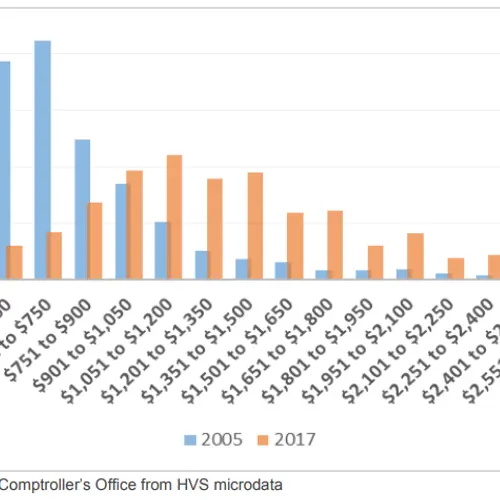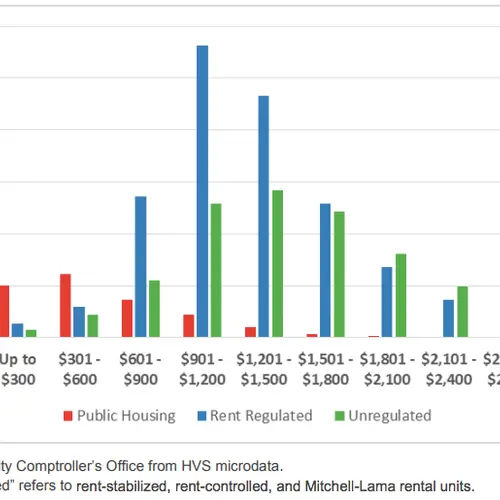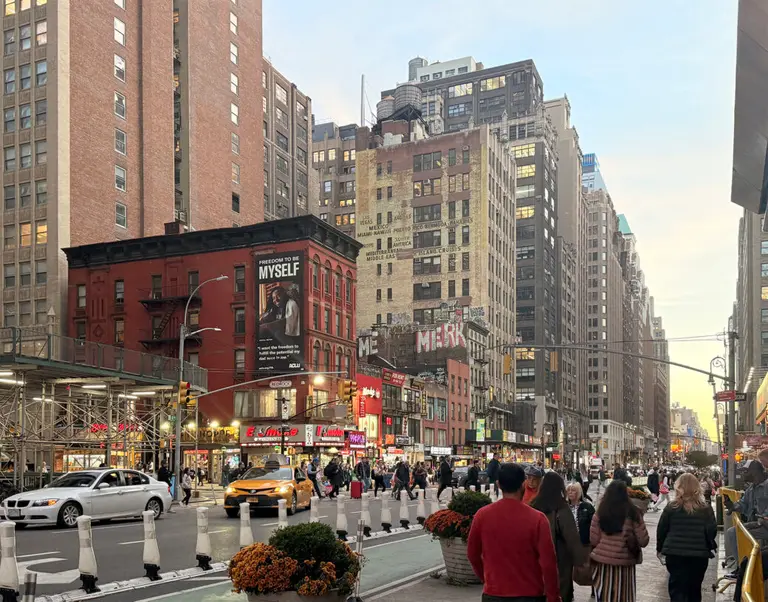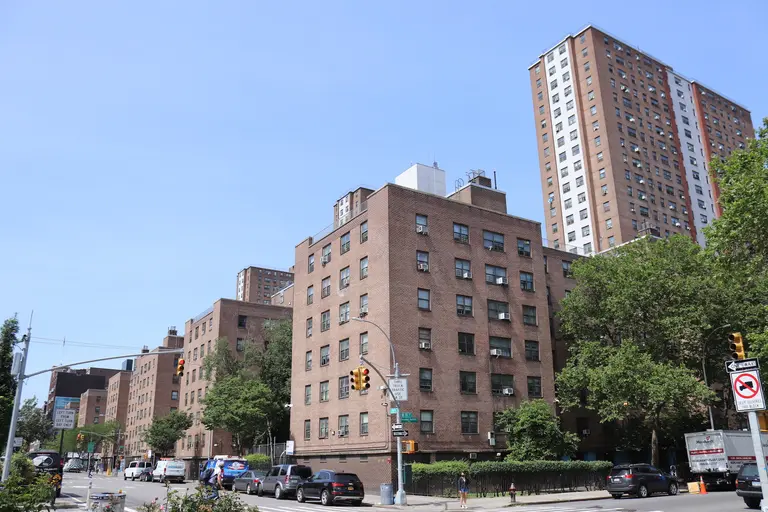New York City has lost over 400,000 affordable apartments since 2005
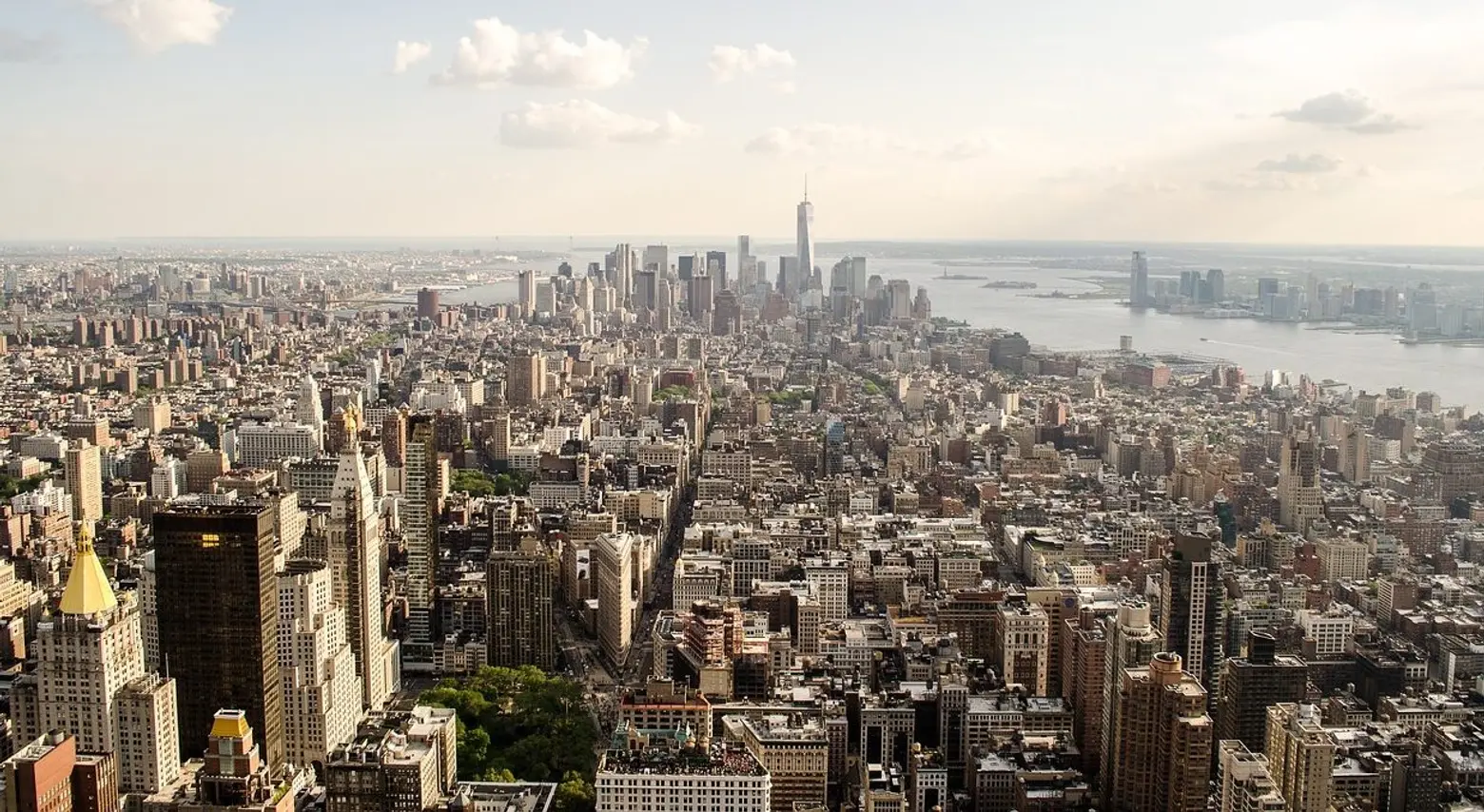
Via Pixabay
Update 9/27/18: City Comptroller Scott Stringer said the report released this week about the decrease in affordable housing contained a major miscalculation, the Wall Street Journal reported Wednesday. Instead of the 1 million affordable apartments lost, as the report stated, the true number is less than half of that, or 425,492 units. According to an updated report, the number of apartments renting for $2,700/month increased by 111,000 units between 2005 and 2017, instead of 238,000 units as originally stated. “While it remains true that affordable housing is declining at an unsettling rate and the gap is still growing, we overstated the pace,” Ilana Maier, a spokesperson for Stringer, said in a statement. “We made a genuine mistake.”
Since 2005, New York City has lost over 1 million affordable apartments, according to a report released by the City Comptroller Scott Stringer on Tuesday. The report, “The Gap is Still Growing,” builds from an original 2014 analysis from the comptroller’s office and shows the number of available units has failed to keep up with the city’s booming population. Between 2005 and 2016, about 576,000 people moved to NYC. But the city added just over 76,000 new units of rental housing.
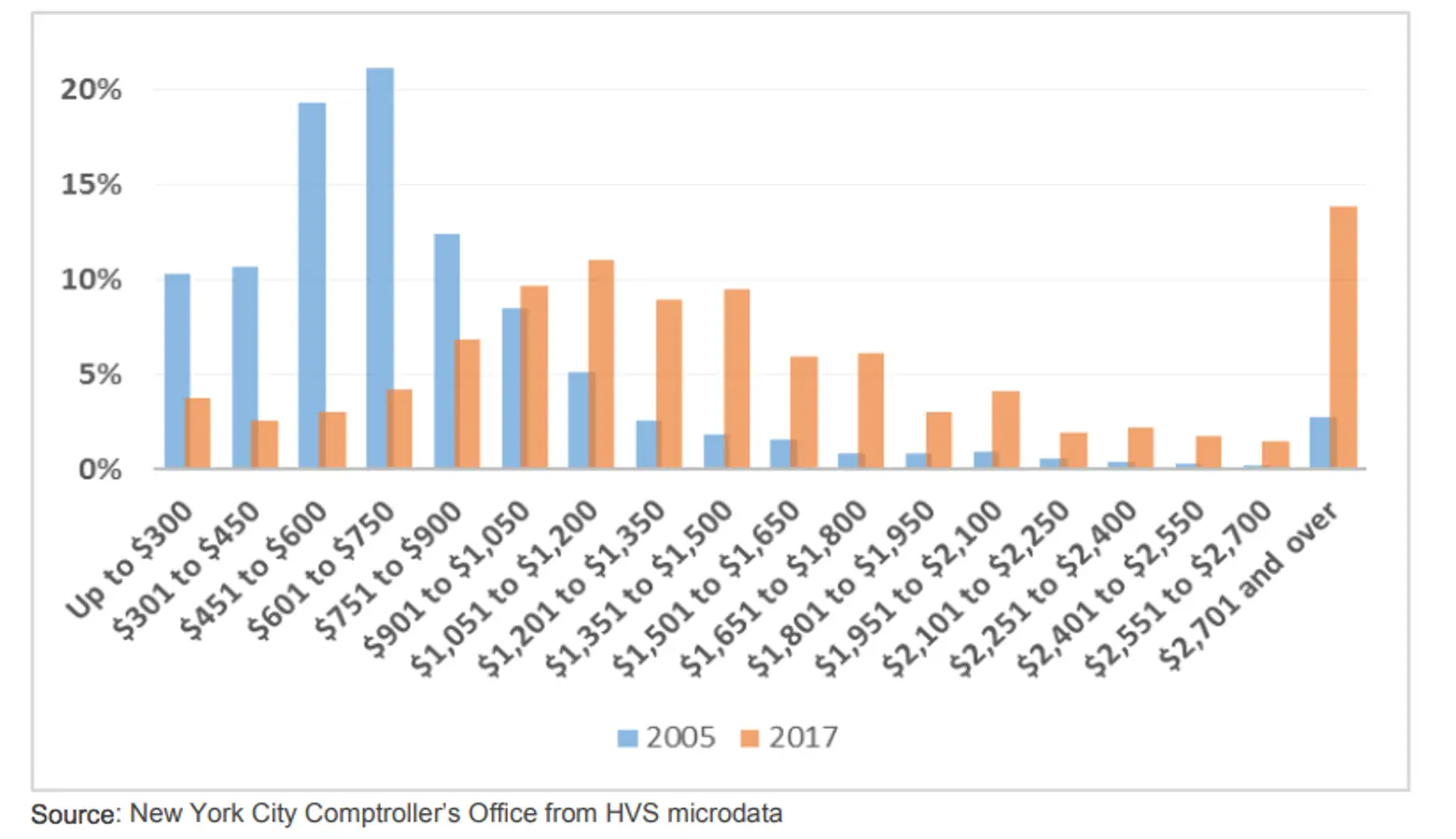
Changing distribution of units by monthly rent between 2005 and 2017; chart via NYC Comptroller’s office
And when new units are added to the city’s inventory, they tend to be too expensive for low-income households. The number of apartments renting for more than $2,700/month jumped from just 2.7 percent of all apartments in 2005 to 13.9 percent last year. Stringer’s office found during that same period, the city lost 1 million apartments that rent for $900/month or less.
“Our city is losing low-rent apartments every day, and it’s putting whole communities at risk,” Stringer said in a press release. “We have an affordable housing shortage – and this report shows how quickly the loss of affordable housing has accelerated in the last decade.”
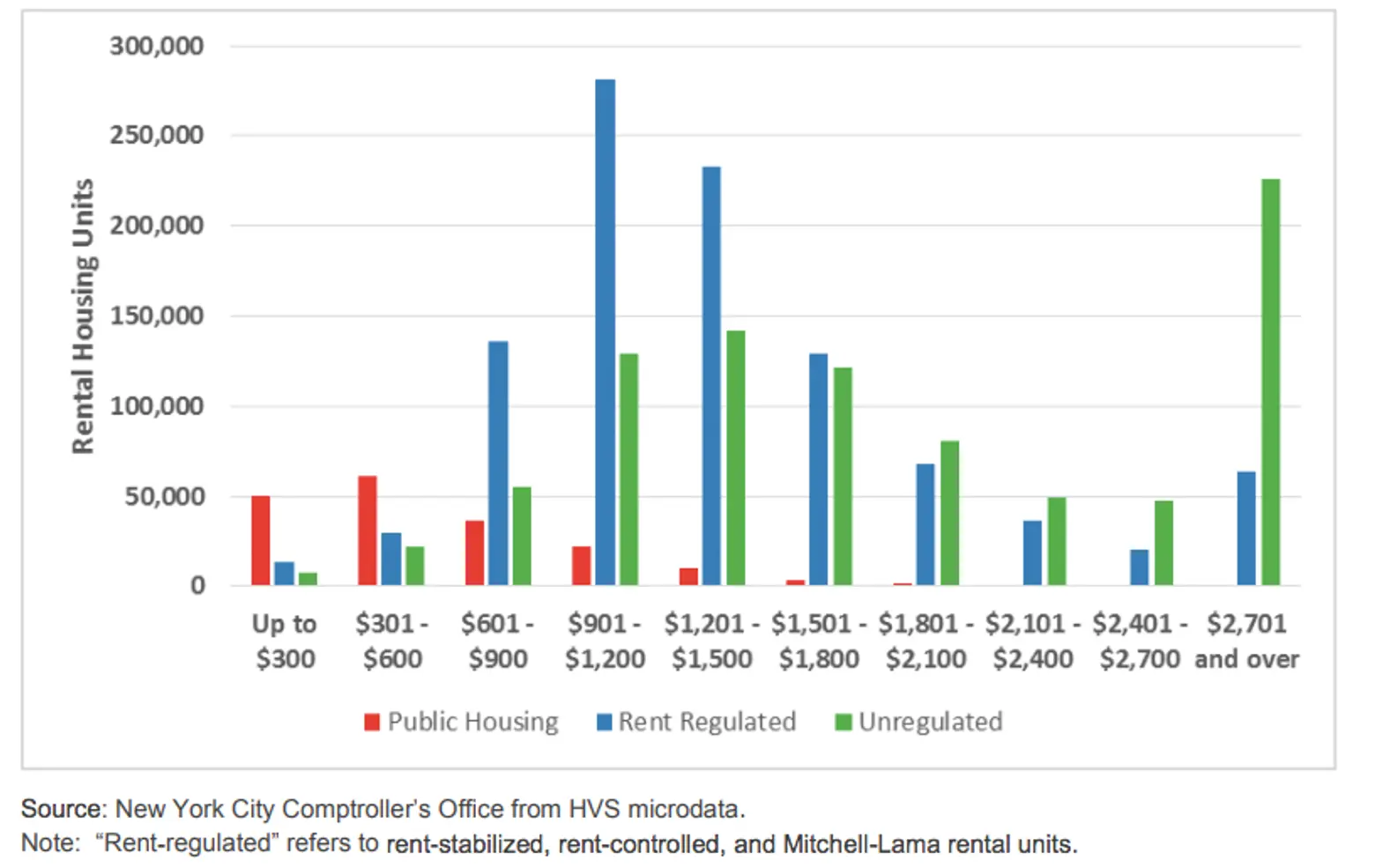
Rental units by monthly rent and regulatory status in 2017; chart via NYC Comptroller’s office
A major reason for the decline in affordable housing is the decrease of rent-regulated housing, which mandates certain units rent between $601 and $1,800/month. In the last decade, the city lost 88,518 units of rent-regulated housing. That is higher than the addition of all new rental housing over the same period. More regulated units were lost than were added every year except 2017 after the renewal of the 421-a program stabilized a significant number of units.
But the biggest contributor to the loss of rent-stabilized housing since 2005 stems from high-rate vacancy deregulation. This occurs when a unit destabilizes after a tenant chooses not to renew their lease and if the unit’s maximum legal rent exceeds a deregulation threshold set by the state, which currently is $2,734.
Stringer, along with the Upstate/Downstate Housing Alliance, is calling on lawmakers in Albany to eliminate vacancy decontrol and pass additional rent-regulation reform to preserve more affordable housing.
“With the weakening of the rent laws, lack of universal rent control, and the ability of landlords of unregulated apartments to evict tenants at whim, we are raising our voices to stress the urgent need for a course correction,” Delsenia Glover, of the Upstate/Downstate Housing Alliance, said.
“We are in the worse homeless crisis this state has seen since the Great Depression – there are 63,000 people sleeping in shelters each night in this city and 89,000 across the state,” Glover added. “The Upstate Downstate Housing Alliance commends Comptroller Stringer for providing the data that shows that the time has come to put power back in the hands of the people and demand that our state legislature fix this massive crisis.”
RELATED:
